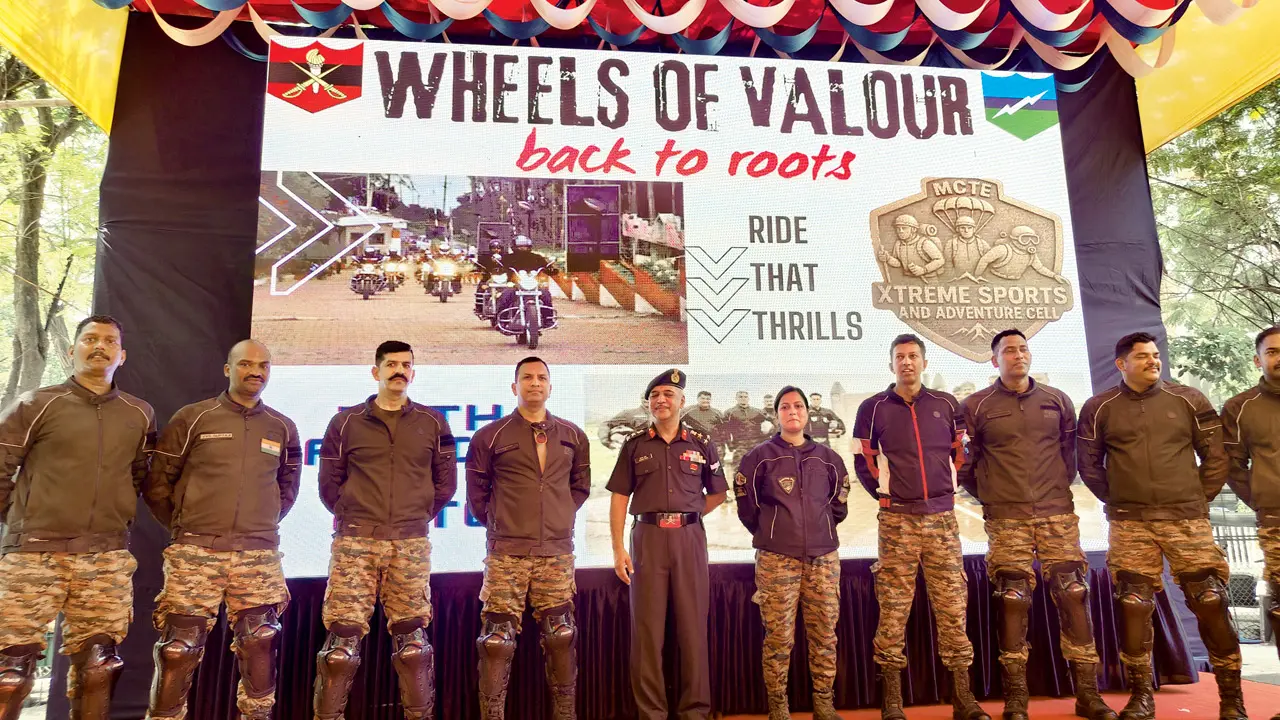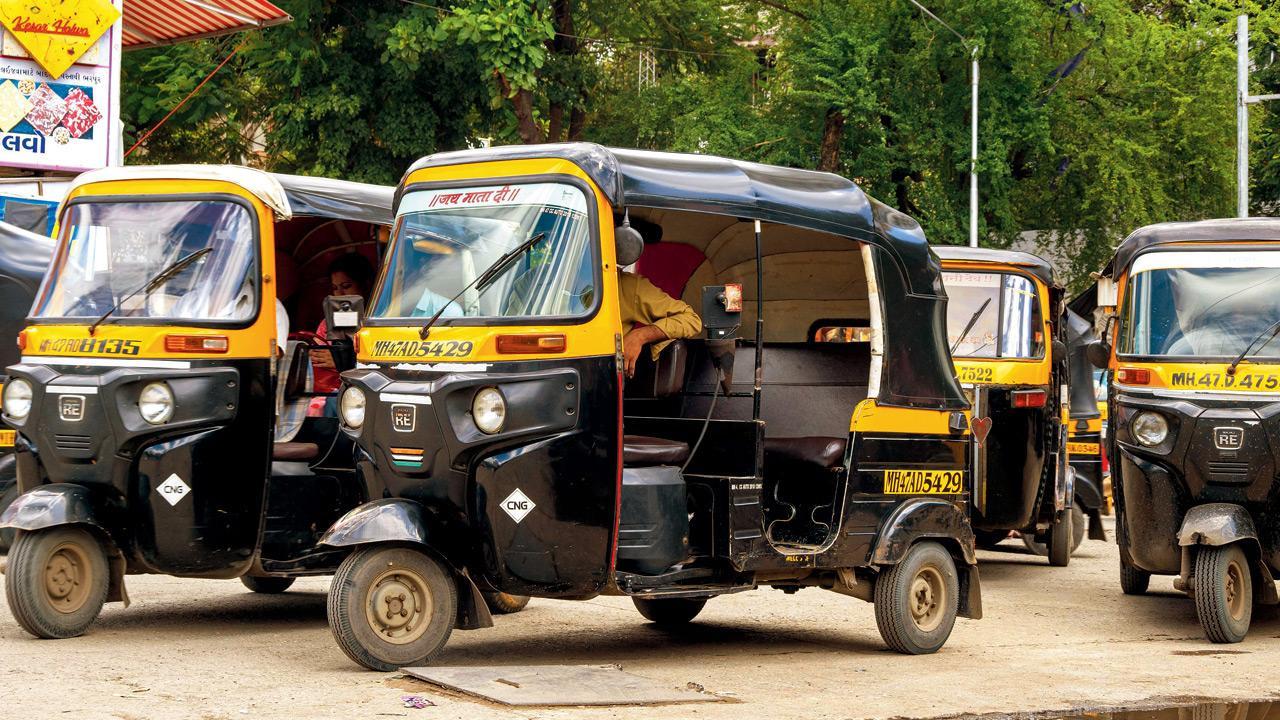Leaking roofs, bamboo props for support, erratic power supply, and crumbling structures — that is what tenants of Mumbai’s century-old pagadi houses are left grappling with today. For them, the monsoon is not just about waterlogged streets and delayed trains, but a fight for survival inside homes that threaten to collapse with every heavy spell of rain.
Rainwater dripping down the walls of a pagadi house
With incessant downpour since August 14, these houses — once the pride of old Mumbai’s unique rental system — have turned into traps of fear and misery. “We kept draining out water the entire night. It gushed inside our house, everything got wet, and we didn’t even have a mattress to lie on. Our neighbours had to give us tea and breakfast the next morning,” said a resident of Wakdi Chawl in Parel.
Prasad Salunke points to the leakage inside his house at Dadar
“Our buildings have become dangerous to live in, turning our homes into a living hell. We can neither leave nor live,” said 40-year-old Prasad Salunke, a tenant of Jiwa Doshi Niwas in Dadar, over 100 years old. Half of the building is RCC, the other half wooden, making repairs almost impossible. “If we fix one part, the other is damaged. The structure simply can’t be managed,” he added.
Another tenant, Sukesh Rai, has resorted to lining up buckets under a leaking roof. “Repairs were done just two months ago, but I still need 5-6 buckets every day to stop the floor from flooding,” he said.
Pradeep Shah from Grant Road said his annual repair efforts failed
In Grant Road’s Pandole Building, the Irani family live amid bamboo poles that hold up their sagging ceiling. “We have to plan our daily life around these poles. They block our way, make it impossible to place furniture, but they’re the only thing keeping the ceiling from crashing on us. With rains like these, we are scared this could be our last days,” said Pervin Irani.
For Pradeep Shah, a retiree in East West Villa on Grant Road, annual repair expenses have been futile. “I spend at least R20,000 every year to fix leakages. But the sudden heavy rains this time washed away all those efforts. My money has gone down the drain,” he said.
Sukesh Rai uses multiple buckets in his kitchen to catch water leaking from the roof. Pics/Ritika Gondhalekar
Eighty-year-old Hutoxy Jal Lalkaka, also from Grant Road, survives only because of her nephew and neighbours. “Every monsoon, water flows from the roof to the walls to the floor. My maid wipes it down, my nephew brings essentials, and neighbours rush in emergencies. I don’t know if I will ever live to see a leak-proof house. How can the landlord not see our misery?” she asked.
“MHADA just keeps giving notices. While the majority of buildings’ structural audits have not been conducted, some buildings, which are in the worst conditions, have not even been included in this year`s list of dilapidated buildings that was released by MHADA before the monsoon began. What exactly is MHADA doing when it says that it is checking the buildings?” questioned Pagadi Association President, Mukesh Shah.











